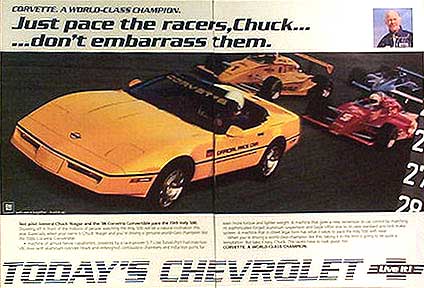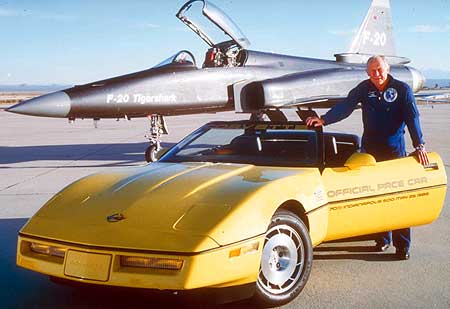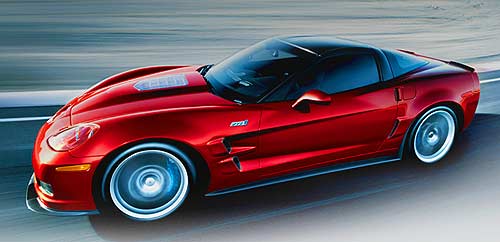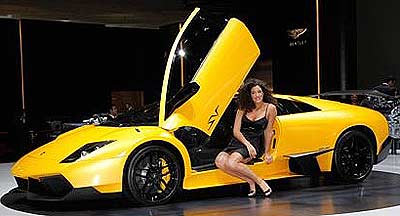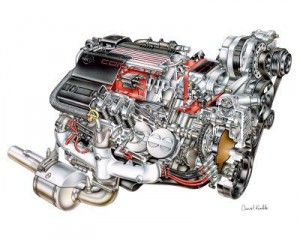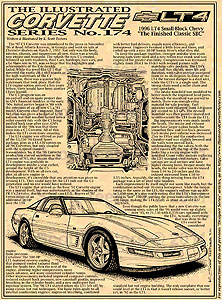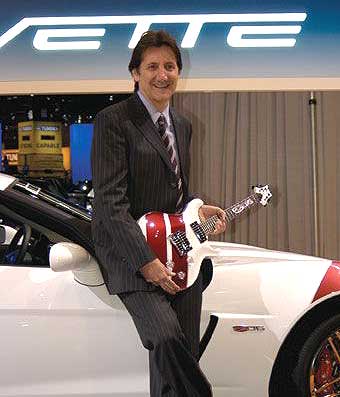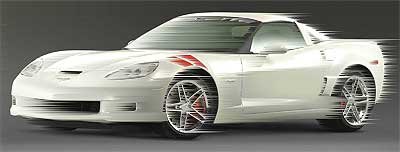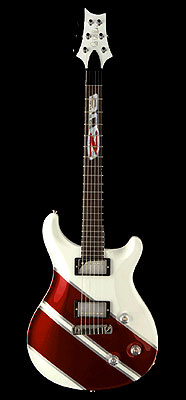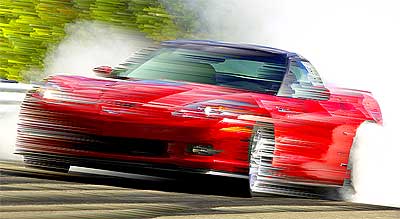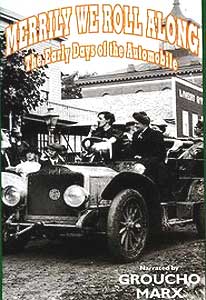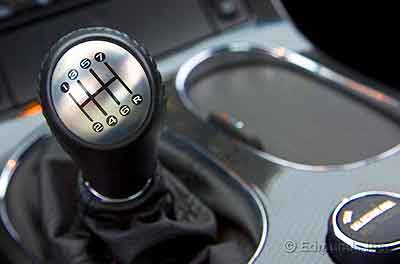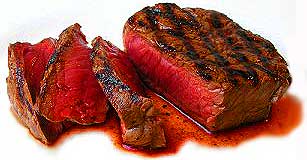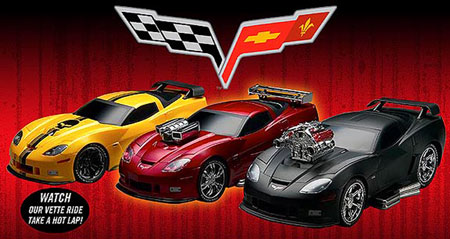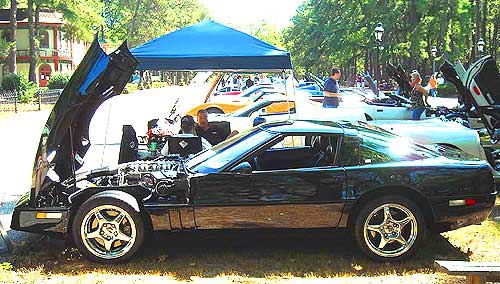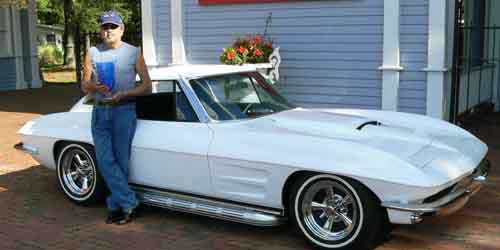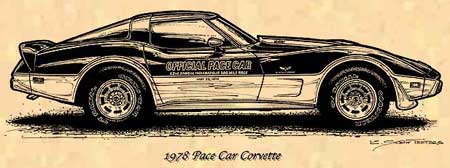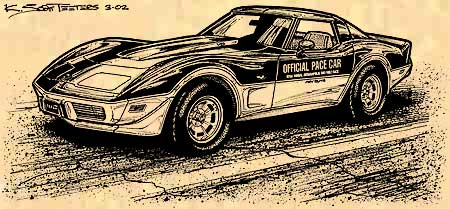Dateline: 10.12.11
Possibly the ONLY factory-custom Corvette for a non-executive Chevrolet employee.
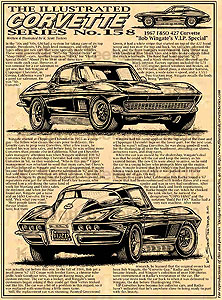 The last two days we’ve been telling you about the two factory-custom Corvettes built for Semon “Bunkie” Knudsen. As if the customized ‘64 Roadster for Semon wasn’t enough, Mrs. Knudsen may have asked, “Bunkie, where’s my Corvette?” This is total humorous speculation on my part, but one “could” imagine such a conversation. Regardless, they are stunningly beautiful cars and actually, there’s another Knudsen Corvette we’ll be sharing with you soon.
The last two days we’ve been telling you about the two factory-custom Corvettes built for Semon “Bunkie” Knudsen. As if the customized ‘64 Roadster for Semon wasn’t enough, Mrs. Knudsen may have asked, “Bunkie, where’s my Corvette?” This is total humorous speculation on my part, but one “could” imagine such a conversation. Regardless, they are stunningly beautiful cars and actually, there’s another Knudsen Corvette we’ll be sharing with you soon.
The special custom cars for GM’s top honchos has been for decades a low-key topic and were it not for several of these cars going to auction, we most likely wouldn’t know about them at all. But it seems that not all GM customs were for executives. Of course, we’ll never know for certain how many customs were built and for whom, but here’s one that went to the top Corvette salesman back in the mid-’60s. In the world of Chevrolet sales, Bob Wingate was known as “Mr Corvette” because he sold more Vettes than anyone else. This is an amazing story of achievement, reward, loss, recovery, and a beauty of a restoration. I covered this car in my VETTE Magazine Illustrated Corvette Series No. 158, back in Winter of 2010. Enjoy! – Scott
Here’s the story…
Illustrated Corvette Series No. 158 – 1967 FS&O 427 Corvette: “Bob Wingate’s V.I.P. Special”

In the ‘50s and ’60s, GM had a system for taking care of its top people. Presidents, VPs, high-level managers, and other VIP types often got new cars that were specially made vehicles. These were generically called “SO” – for “Special Order” or “Shop Order” – cars. Another term was “F&SO,” for “Fleet & Special Order.” About 25 to 50 or so of these cars were made each year. However, it was unusual for a car salesman to get one. But Bob Wingate of Clippinger Chevrolet, in Covina, California wasn’t just a good car salesman. He was “Mr. Corvette.”
Wingate started at Clippinger Chevrolet in 1955 as a prep guy – the fellow who cleans the cars prior to delivery. His favorite cars to prep were Corvettes. After a few years, he worked his way into sales, and before long, he was selling more Corvettes than anyone else in California. What got Chevrolet sales managers’ attention was when Wingate ordered 100 ‘62 Corvettes for the dealership. Chevrolet had only sold 10,939 Corvettes in ’61, so they wondered, “Who is this guy?” Upper management was reluctant to send that many cars, but Chevy’s Joe Pike believed in Wingate and was not disappointed. Wingate became the highest volume Corvette salesman in ‘62 and by ’66 had sold more Corvettes than any other salesman. Chevrolet thanked Wingate by giving him the Legion of Leaders award. His reputation even got the attention of Ford’s Lee Iacocca, who offered him a job doing the same kind of work for Mustang and Cobra sales. He declined, and when Joe Pike found out, Wingate got a raise and an F&SO Corvette. He was told, “Pick what you want.” Continue reading “Another Chevrolet-built Custom Corvette – The Bob Wingate FS&O 1967 427 Corvette”

